
“Through The Iris: BB Winslow” by Armin Mersmann
Pencil on Arches Paper 18″ x 36″
A Master Pencil Artist![]()
Armin Mersmann celebrates 50 years as an artist on the 18th January 2013. This interview is the first in a two-part interview dedicated to the Golden Anniversary of Armin Mersmann, one of the greatest living artists of our time.
A hugely successful artist world-wide, he has been included in more than 100 exhibitions in the last thirty years including ArtPrize 2012 top 100, ArtPrize Encore at the Grand Rapids Art Museum top 13. He has won over 50 awards in juried exhibitions both state-wide and nationally and is included in over 200 collections world wide. Armin Mersmann has a massive following of artists who admire and respect his work as they strive to follow in his footsteps.
Deep Insight
In this interview Mersmann reveals his inner most thoughts on art and provides us with a deep insight into his beliefs. Much more than simply a great technician, he creates incredibly realistic images in graphite pencil with emotion and soul. His artworks are alive and they speak to us in a language that words alone cannot express.
Armin Mersmann has worked many long and hard years to become the master artist he is today and he continues to challenge himself even further with every single artwork he creates. I am honoured to present this interview to you and encourage you to read the words of Armin Mersmann and deeply gaze into his remarkable images more than once to truly gain from this Master Artist.

“Drawing of Steve Parkhurst” by Armin Mersmann
About Armin Mersmann:
Armin Mersmann was born in Remscheid, Germany in 1955, and in 1962, along with his parents he immigrated to the United States. Mersmann grew up in an artistic environment and was greatly influenced and tutored by his father, Fritz, a successful oil painter. Mersmann feels his career as an artist was inevitable; “I never made the conscious choice to be an artist, it’s just what I did.”
After six years of college, Mersmann began a very successful stint as a portrait artist in Chicago, IL. Although financially rewarding, he stopped doing commission work and soon found more interest in the fine arts, work that at times is controversial, but more satisfying conceptually. “Art, my sanctuary, the very thing that gave me such pleasure was now reduced to making a living. Art is too precious for me to make decisions based on finances.” This does not mean Mersmann will never do a commissioned portrait but it has to interest him conceptually, and he insists on total control over the image.
Interview With Armin Mersmann:
Q: What is the primary motivation for why you create art?
A: To begin to understand nature and how it is structured not in scientific way but in the way we humans observe and how through seeing we begin to understand feelings and emotions translated by our vision. The drive to render in a manner that feels alive and not photographic, yet not as expressive as some do (Kate Kollwitz) whose work is a major source of wonder for me. I have to tell the story my way and whatever “ism” I get pigeonholed into I guess I can deal with that. There is a difference between photographic, hyper realistic, intellectual realism and what motivates me.
The Process
Q: What goes through your mind while you draw/paint, is there a calm silence, do you listen to music or do you experience doubt, fear or any emotions at all? If you experience fear or doubt what do you do to overcome these feelings?
A: This is a two part question, I listen to a lot of music and my taste is all over the place from Heavy Metal to Folk, from the Beatles to Tool, I have about 20,000 songs on my iCrap. I listen to eBooks for I love to read but don’t afford myself the time. At times I watch/listen to TV mostly documentary’s via the internet, I also watch many movies with my 16 year old son Ean, he knows if he wants to hang around with me, it’s in my studio. I make a strange husband and father, my family accepts what I do, it helps that my wife is an artist (Valerie Allen) so she knows what this passion is about
Doubts? Sure they never go away. When I have them, I’ve learned to stay on course. It’s like riding my motorcycle when I’m not afraid anymore I will stop riding, when I’m “sure” of my art, I’ll take up bowling or golf, the thrill will be gone if the possibility of failure is not in the equation I’m not taking chances. (No worries it will never get comfortable, I won’t let it)

“Simplicity of Silence” by Armin Mersmann
Pencil on Board, 45” x 80”
The Creative Daily Life
Q: How do you make time to include art in your life, do you have any suggestions to help others manage their creative Time?
A: I manage to include other things in my life, like work, going on vacation, playing with the dog, or God help me cleaning the yard. Art that’s a given, other things I have to pull myself by my boot strap to do them. As I say to students talent is a farce it’s all about passion and a great work ethic, talent is the seed if it’s anything at all. If you have to kick yourself in the ass to be creative or make art, it’s not for you.
The studio is my sanctuary; an artist should not draw on the kitchen table with kids, spouses and the dog, constantly prying into your space and concentration. One needs a place one can keep clean or make messy, a place that’s truly yours. I have worked in some very nasty studios but they were mine. Today I have a palace, well a very, very small palace (the size of a two car garage) but it’s my sanctuary, and the only place I feel whole. Also I have a painting studio I share with my wife also a great place but more about the collaborative than the private.
Art My Sanctuary
Q: Is Drawing and creating artworks your only profession or main business. Do you also teach art?
A: I am the Artist in Residence and head of Adult Art Education at Midland Center for the Arts. I also teach a two year drawing course called the Art and Skill of drawing, we meet two times a week, that’s all the teaching I feel comfortable doing.
But to “Live” off of making my art, no it’s a road that I ventured into before. When I was in art school my goal was to make a living from my art. I thought it would be wonderful to get up in the morning and just paint and draw. At first I supplemented my income by teaching and working in picture frame stores. Soon I started to get lots of portrait commissions, at first just in here in Michigan, then Chicago. So my wife and I packed our bags and moved to the windy city. ‘Portraits Chicago’ a very exclusive agency for commission portraiture represented me. I started making great money, and for the next two years I was never without work, but I was miserable!
Preserving Happiness
Art, my sanctuary, the very thing that gave me such pleasure was now reduced to paintings of corporate bigwigs wanting to look important in cliché possess, pipe in hand, arm on an overstuffed chair and so on. I had very little input on the creative side. I was told to make the subject look younger and thinner and I would “rake in” the cash. Soon I started cutting corners in my work (the faster it got done, the more money I made). I lost the will to improve and actually my work started to suffer and I had no energy to do “fine art” in my spare time.
I had to get out of this, I told Portraits Chicago that I am no longer available for commission portraiture, and got a job in an art supply store. In the evenings I started to work on my art again, every night I drew, the enthusiasm was back! I worked forty hours a week in the store and did my art for thirty hours. I made less money, and I was much happier. My work sells just fine now, but under my terms. I don’t need to make a living off of it; I never want to lose that artistic freedom that I enjoy now. Art is so precious, and I almost lost it.
“True” Artwork
Every once in a while I take on a commission if I know the person, if I respect the person, and if I have total control, then its rather fun. Saying all of this, I know many artists that love commission work and thrive on the challenges of it, and they are happy. I just was not one of them. Now I must say if I can live off my “true” artwork, with an agent that does the leg work and I just draw and draw what I want then I would do it, and it appears I might get there God willing.
Passion & Family

“Collapse to Nature” by Armin Mersmann
Graphite on Illustration board 39” x 31”
Q: What major and significant goals and influences do you have for your art if any? Tell us who or what inspires you to be the best you can be as an artist.
A: Goals have been simple, keep the passion, get more people to see my vision, and live a life in the arts. Fame, riches…if that equals success in our society, I’m ok with that as long as it doesn’t get in the way of making art.
My inspiration isn’t from famous artists but from my late father Fritz Mersmann, by my wife Valerie Allen and my best friend Todd Burroughs all who live the life of artists to the fullest. Music and musicians far more influence me than visual artists. Although I admire many artists much too many to mention by name but they do not necessarily influence what I do. Passion and anyone who lives within it, they got my ear, if they make art or widgets, it doesn’t matter.
Unique Techniques
Q: Do you have any special unique advice for other artists who are learning to draw in realism at this very high standard that you are drawing at?
A: I can say this, I always take my own photos, I always work from at least 20 of them and they are always much smaller than the drawing. I don’t like photos that are extremely good for then I’m tempted to copy and not add and translate. I always work as much from life as I can get away with. Mirrors work for portraits twig and branches are strewn about in my studio when working with nature, I use my imagination and knowledge. Mostly I try not to copy anything but to translate and reinvent with my eye and my concept.
Magnifying glasses come with age, mechanical pencils force you to draw slowly and lightly getting darks in many layers without the shine. I have no special tricks or tools, I do strive to make every work just a bit better than the last, I don’t always succeed but I won’t know that for a year or two after the work is completed.
Stories Behind Recent Works
Q: Can you tell us more about your more recent artworks in particular ‘Collapse to Nature’ ‘Simplicity of Silence’ and ‘Afterflood’?
A: Drawing gives me the opportunity to truly see. As an artist, I do not casually observe my surroundings nor take them for granted, but rather view the world as a creator and architect of my own artistic vision. I have never been interested in simplification-on the contrary it’s the complexities and how we see them that drives me to spend countless hours on a drawing. This act of drawing enables me to gain insight and understanding of intricate structure, whether it is a human figure, face, an isolated eye or a tempest of trees. Drawing pushes me to examine every aspect of what I see – every pore and hair follicle, every leaf and branch. I become immersed in my observational skills and depict my vision in a way that a casual observer could not.
Seeing the Details
Once a drawing is complete, it is no longer related merely to the artist, but becomes a starting point for the viewer’s feelings and imagination. This alignment hopefully transcends the ordinary and the overlooked to something approaching the metaphysical and sublime. Photo-realism itself does not interest me in the least; realism does, details and textures do, ultimately seeing what others fail to see, until they see it in my work. When this is achieved, the collaborative relationship between the artist and viewer reaches its climax. Ultimately, and interestingly, the climax is a humble interpretation of the greatness of nature.
“A good “rendering” represents what a person sees, but “a work of art” illuminates what others do not.”
- The Simplicity of Silence
- Collapse to Nature
- Afterflood
Are really what my statement is about, the love details, abstraction, composition and taking part in the true translation of nature as I personally see it.

“Afterflood” by Armin MersmannPencil on acid free
Illustration Board 40” x 30”
Summary:
In the second interview with Armin Mersmann he discusses his artworks and guides us into his thought processes behind the creation of his images.
To read part two of this interview with Armin Mersmann, please click here:


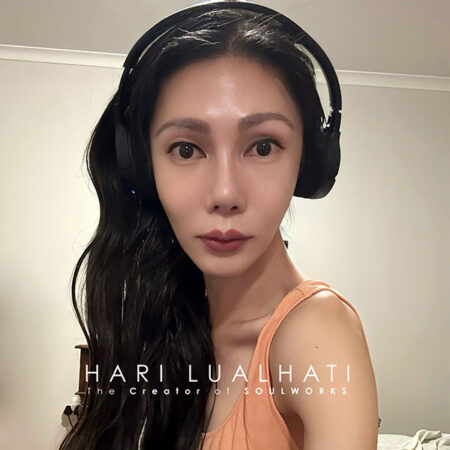

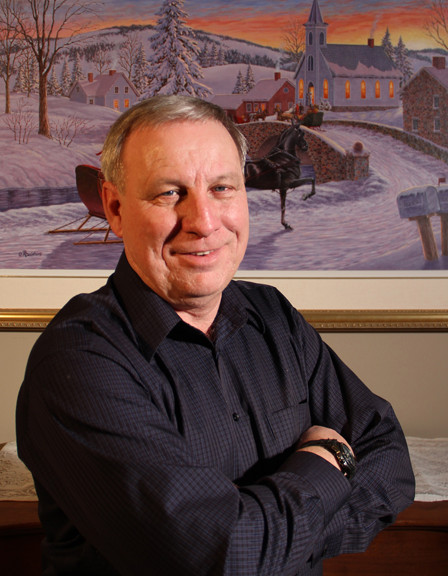
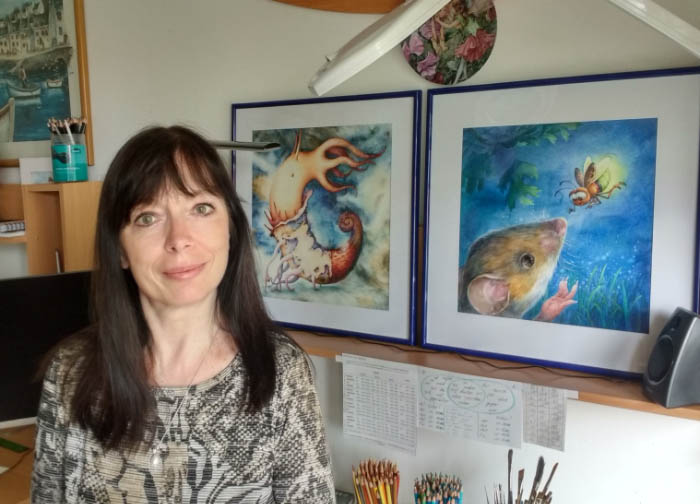
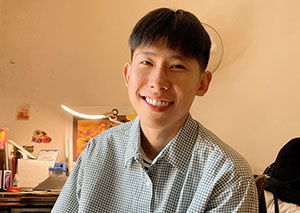
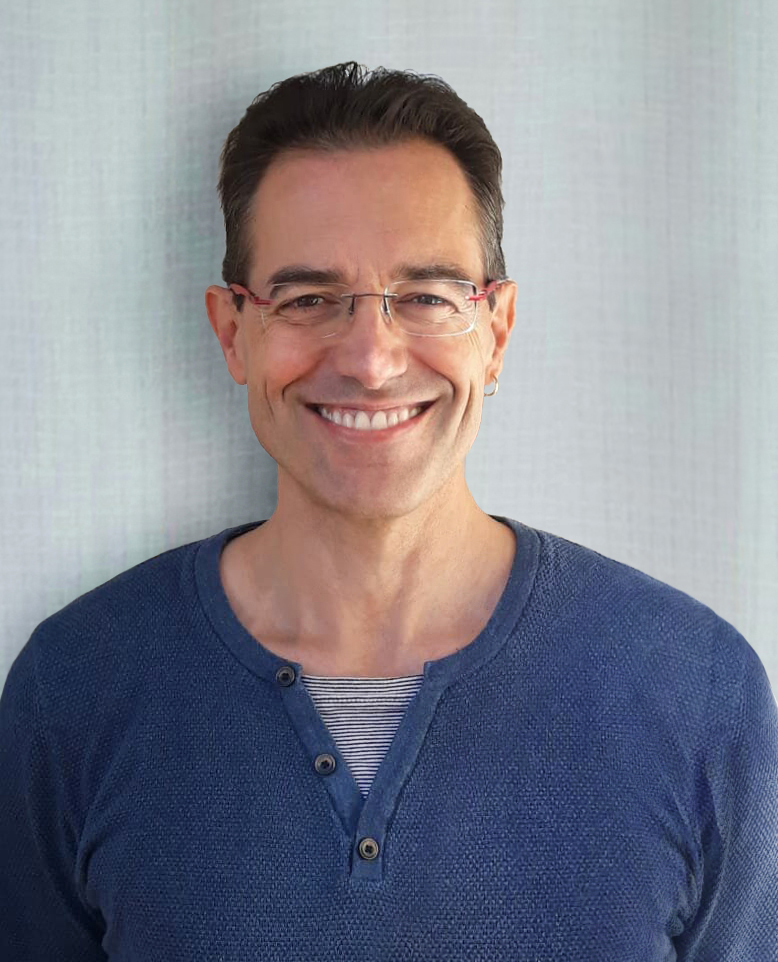
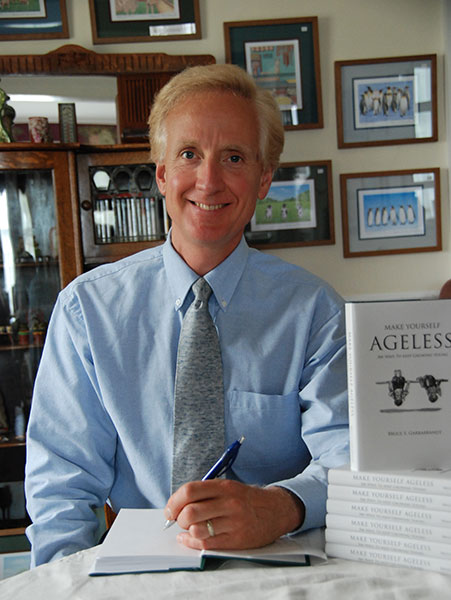
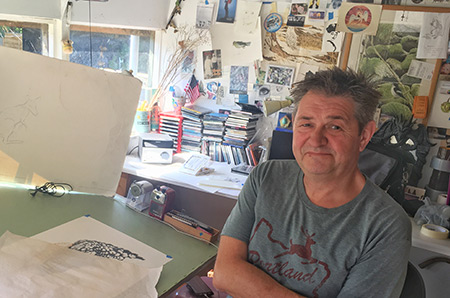
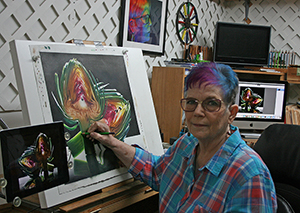
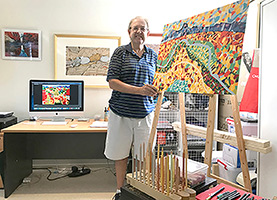
Cindy, does Armin Mersmann use the grid system, during the initial stages of his drawings?
Does Armin use the grid system for the initial stages of his drawings
Hi Terry, yes I believe he does use a grid as I have seen it in progress images of his work. It appears to be a large grid.